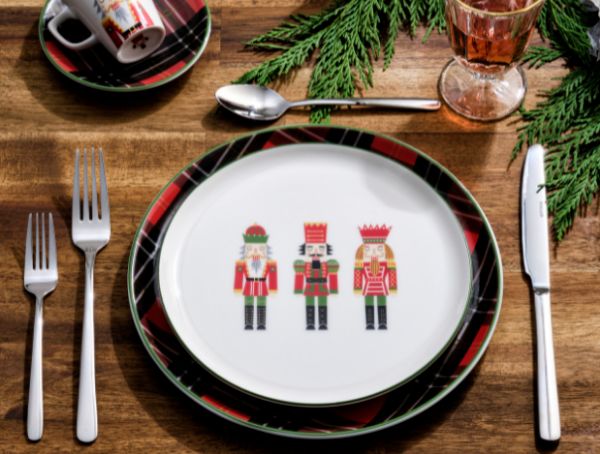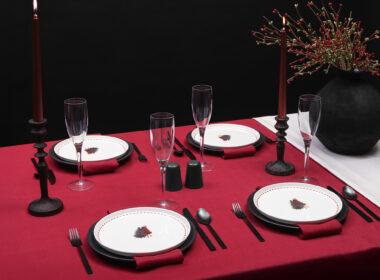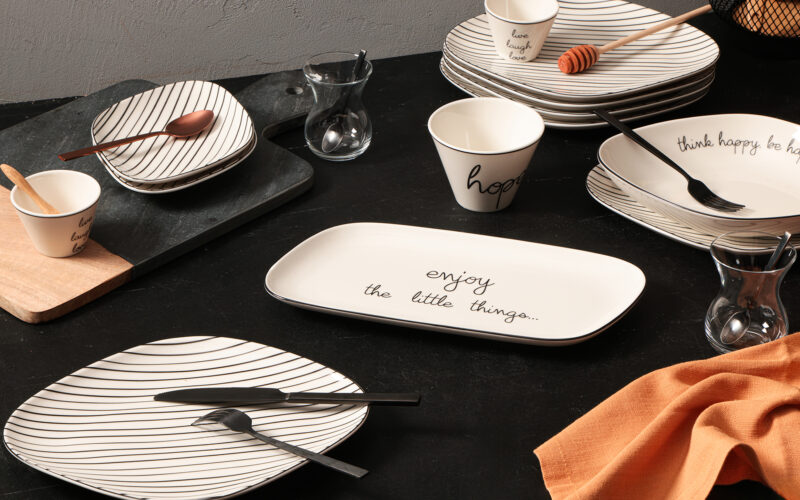In the kitchen, the secret of flavor is just as important as the maintenance of the equipment used. Especially for a cast iron pan, which distributes heat evenly, is long-lasting, and highly versatile, proper use and care are essential to preserve performance. Cast iron pan maintenance not only extends the lifespan of the pan but also directly affects the taste and cooking quality of meals. For this reason, certain rules must be followed both during the first use of a new cast iron pan and throughout long-term use. In this article, you will find all the details from first use to regular maintenance, methods to prevent rust, and proper cleaning steps.
Why Is Cast Iron Pan Maintenance Important?
Although cast iron pans are known for their solid structure and high heat retention capacity, they require sensitive care. If not maintained properly, the surface can be damaged, its non-stick property can decrease, and rust may form over time. This situation creates hygienic problems and reduces the pan’s cooking performance.
Advantages of Regular Cast Iron Pan Care
Regularly maintaining a cast iron pan significantly extends its lifespan. Properly seasoned and cleaned pans can be used for years, even passed down through generations. With regular care, the pan gradually develops a natural non-stick surface. This not only makes cooking easier but also prevents sticking and simplifies cleaning.
Maintained cast iron pans also enhance the flavor of meals. Thanks to their ability to distribute heat evenly, food cooks more consistently, and the natural layer that builds up on the surface adds richer aromas, especially to meat and vegetable dishes. In addition, regular drying and oiling prevent rust formation, preserving both the appearance and cooking performance of the pan.
How to Extend the Life of a Cast Iron Pan?
For a long-lasting cast iron pan, both proper cleaning and appropriate storage methods are essential. Abrasive cleaning products should be avoided. Scraping the surface with a metal spatula may damage the seasoning layer. After cleaning, the pan must be dried thoroughly and wiped with a thin layer of oil. This prevents rust and preserves the smooth surface.
Leaving the pan damp or stacking it directly with other metal kitchen tools can cause rust. Therefore, cast iron pans should be stored in a dry, ventilated cupboard. Placing a cloth or paper towel between pans prevents scratches and allows airflow.
First Use of a New Cast Iron Pan (Seasoning) Tips
When purchasing a new cast iron pan, the first step before use is “seasoning,” which means sealing the surface with oil. This process gives the pan a natural protective layer and makes future cooking both more flavorful and easier to clean.
Here are the steps to follow before the first use and tips for regular seasoning.
What Should Be Done Before First Use?
New cast iron pans usually come with a factory protective coating. The first step is to remove this coating. Wash the pan thoroughly with warm water and mild soap, then dry it completely.
After drying, coat the inside and outside surfaces of the pan with a thin layer of oil. Once oiled, preheat the oven to 200–220°C (392–428°F) and place the pan upside down in the oven. It is recommended to place a tray on the bottom rack to catch any oil drips. Bake the pan for about 1 hour.
At the end of the process, a matte, dark-colored layer forms on the surface. This layer provides natural non-stick properties and protects the pan from moisture, rust, and external factors.
How to Season a Cast Iron Pan?
Seasoning should not only be done before the first use but also repeated periodically. If the surface looks dull, faded, or if food starts sticking, it is time to reseason the pan.
For seasoning, clean the pan and coat it with a thin layer of oil—preferably high smoke point oils such as sunflower, grapeseed, or avocado oil. As with the first seasoning, place the pan upside down in the oven at 200–220°C (392–428°F) and bake for about 1 hour.
This process renews the surface, restores its non-stick properties, and prevents rust. Regular seasoning improves both performance and longevity.
Important Points in Cast Iron Pan Cleaning
Cast iron pans should never be cleaned with dish soap, steel wool, or in a dishwasher. After cooking, while the pan is still warm, pour a small amount of water onto it and loosen food residues with a wooden spatula.
If stubborn residues remain, scrub gently with hot water and a natural sponge. After cleaning, dry thoroughly and wipe with a little oil. This extends the lifespan and prevents rusting.
Tips to Prevent Rust in Cast Iron Pans
Rust is one of the most common problems with cast iron pans. To prevent it, always keep the pan dry after use and protect it with a thin layer of oil. Leaving the pan damp or in direct contact with metal surfaces encourages rust.
When not in use for a long time, store it in a ventilated cupboard. Wrapping it loosely with a paper towel also prevents rust by allowing airflow.
Proper Storage Methods for Cast Iron Pans
Proper storage ensures long-term efficiency. Store the pan in a dry, cool, and ventilated cupboard. If stacking is necessary, place a cloth or thick paper in between. This prevents scratches and preserves the seasoning layer.
Before storing, lightly oil the pan to further protect it from rust. For cast iron cookware with lids, leave the lid slightly open to avoid moisture buildup inside.
By establishing a routine for cast iron pan care and cleaning, these pans can be used for years with high performance. With proper habits, you can achieve both delicious meals and a timeless cooking experience.













